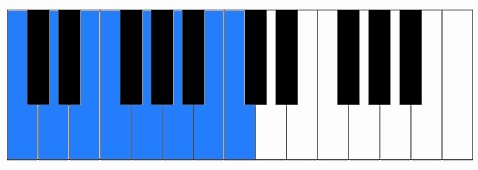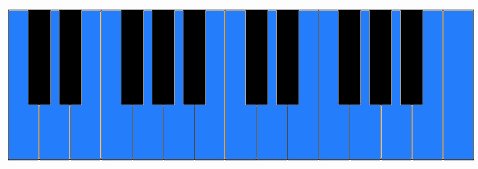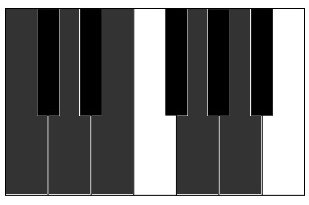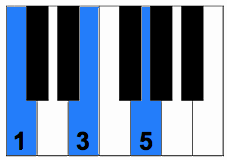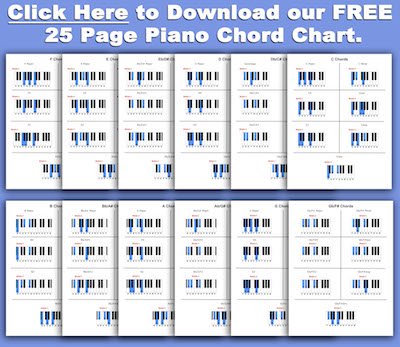The D Major Scale is a simple scale that contains two sharps.
Notes In the Scale
The notes in the Scale are D, E, F#, G, A, B, C#, D
All major scales has five whole tones and two half tones. It follows the formula of W, W, H, W, W, W, H.
You can start on any D natural and count up this formula and you will have a D Scale.
Fingering
Right Hand
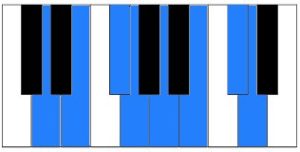
The fingering for the right hand this scale is to start with the thumb on the D. Then move up the scale with the index finger on E, and middle finger on F#. You then cross under with your thumb and play a G. Then play the rest of the scale, A with index, B with the middle finger, C# with the ring finger, and end on D with you small finger.
To play a descending D scale you start with the small finger on D, ring finger on C#, middle finger on B, index on A, and thumb on G. You then cross over with your middle finger and play the F#. And finish off the scale using the index on E and thumb on D
Video Tutorial
Left Hand
Playing an ascending D scale with the left hand you start on the D with the pinkey finger. Play all the notes in the scale until you reach the thumb on the A. Then cross over with you middle finger and play the B. then finish off the C# and D with the inex finger and thumb.
Descending you start with the D with the thumb, index on C#, and middle finger on B. Then cross under with your thumb and play an A. Now you can use the rest of your fingers to finish off the scale
Go From D Major Scale Back to How To Play Scales
Back to Home Page

